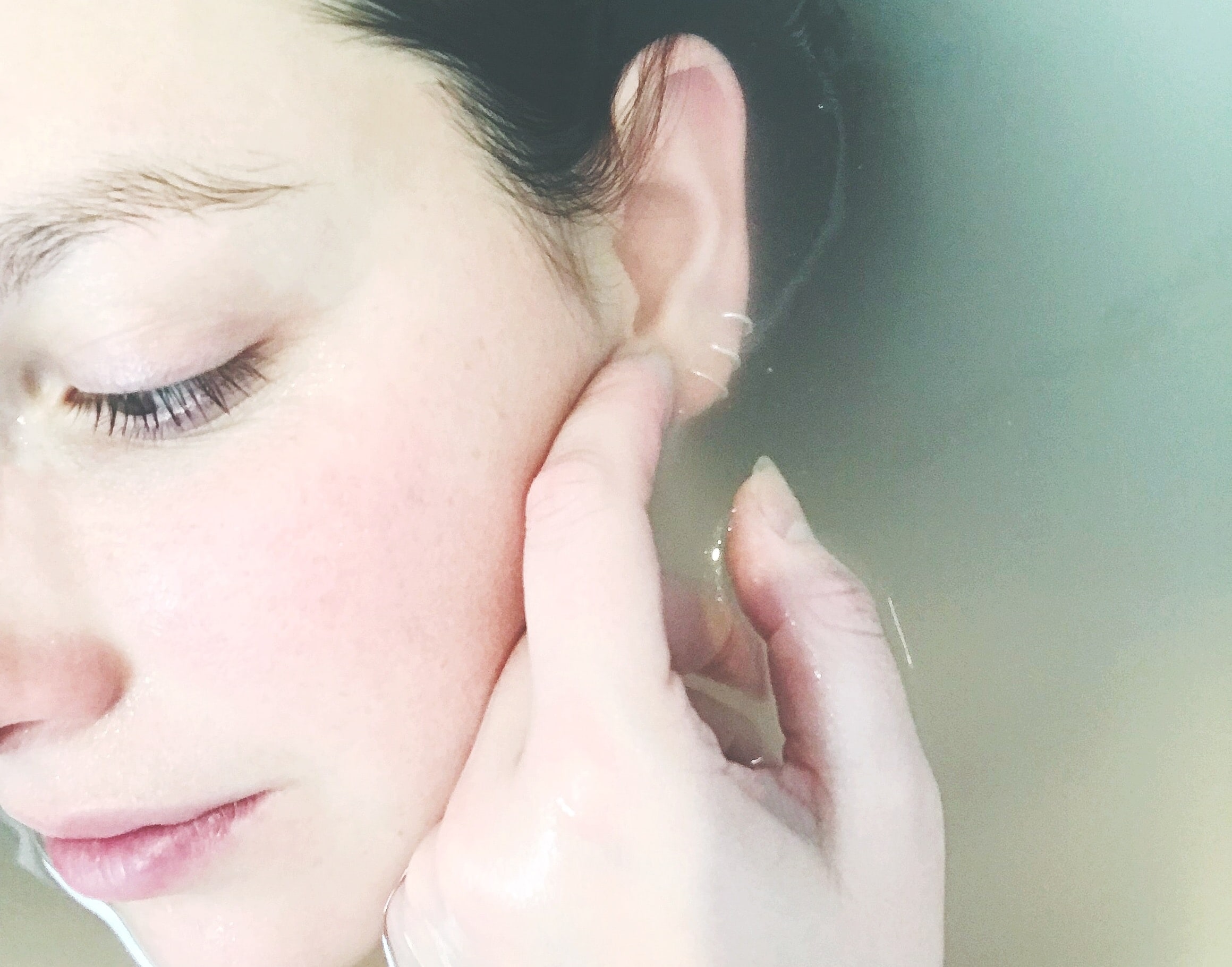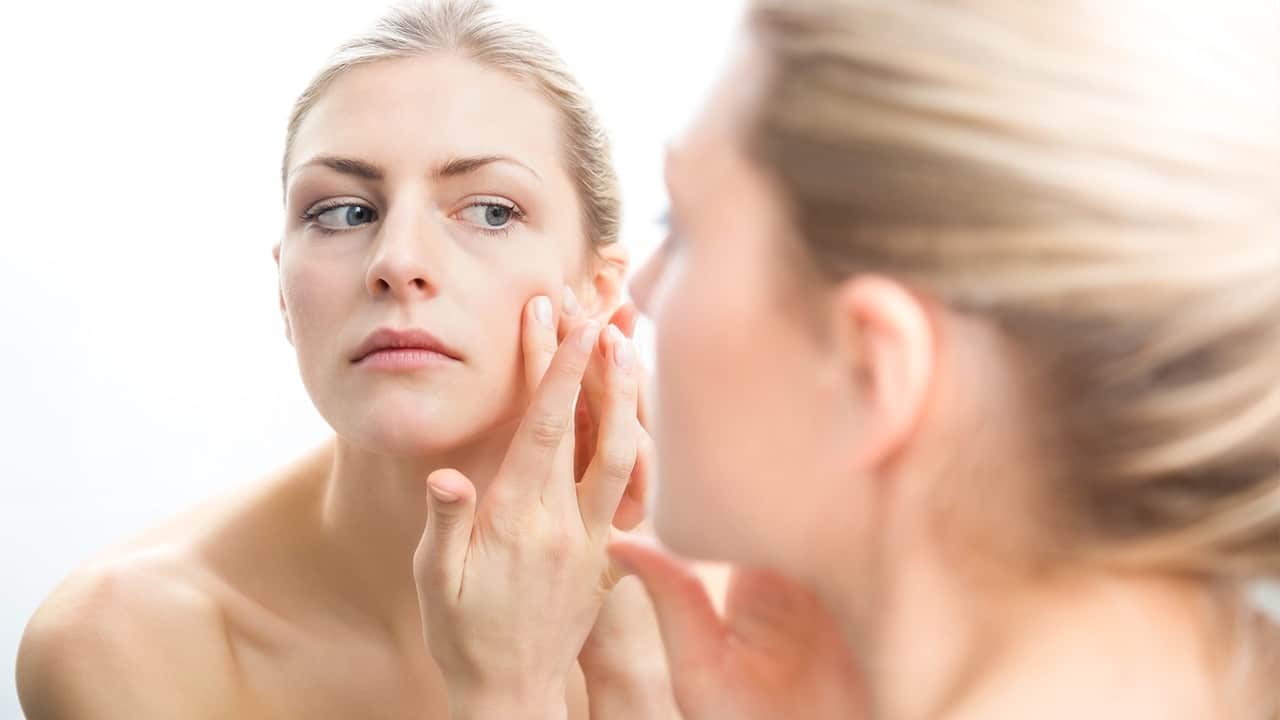We all love the sun. There’s not much that beats sitting on a white sand beach, or in the local park soaking up some rays from the glorious sunshine during the summer months. We often seek the sun and statistics show that 41% of Brits will choose a beach holiday as their preferred choice of holiday.
Whether it’s during the odd week of sunshine in the UK, a summer trip to Spain, or a winter holiday to Mauritius, we are still exposing our skin to harmful UV rays, and during especially hot times we can intensify the impact the sun has on our skin, causing serious damage during the process.
While a tan is popular visually, it’s important to know the impact of ‘tanning’ our skin and what this does to our skin throughout our lifespans. We want to avoid potentially harmful skin diseases and so it’s super important that you know the effects sun exposure can have on your skin.

In This Article
Positive Effects of Sun Exposure on the Skin
It is important to have some exposure to the sun. This is because sunlight increases our bodies development of vitamin D, which is important for bone formation and strength, along with nails, hair and teeth strength by regulating the calcium and phosphate levels within your body.
You can source vitamin D in other ways, especially through consuming certain types of foods, such as oily fish, red meats and eggs for example. However, sunshine exposure has more than just vitamin D benefits. Sunshine affects our mood, too. It is believed that sunshine increases our brain’s development of serotonin, the chemical associated with improving our moods and also calming our mind. Additionally, exposure to early evening sunlight increases our production of melatonin that helps us to sleep better.
Unfortunately, decreased serotonin levels have been linked to a decrease in mood and linked to leading to depression. Typically, our moods are far lower during the winter months, which is often why people use solutions such as light therapy boxes to use at night while they sleep, increasing their serotonin levels during darker times.
Negative Effects of Sun Exposure on the Skin
Unfortunately, sun exposure has a few more negative effects on the skin than it does positive, which is why it must be protected at all times. In fact, it is recommended that during the day, whether in winter or summer, that you wear sunscreen to protect your skin from the harmful UV rays delivered by the sun.
Whilst we have the ozone layer to protect us, this layer is continuing to thin and has developed holes that provide no UV ray protection in areas such as Australia – a popular destination for travellers worldwide – especially Brits. The Ozone layer does not fully protect us from the sun, either. Harmful UV rays can still penetrate the Ozone layer with a lesser effect on us.
As a result, the sun exposure we have must be limited and protected, otherwise, the following negative effects can occur:

Drying of the Skin
The hotter the weather, the more likely our skin is to dehydrate. Additionally, exposure to sea salt combined with sunshine increases the dryness of our skin, which damages the outer layer of skin. At this point, sunscreen helps to rehydrate the skin and keep it moisturised and supple. Without sunscreen, the skin can tighten, dry and split.
After a long day in the sun, we should apply moisturising cream, consume plenty of water and consider aloe vera gels, which have anti-inflammatory and hydrating properties that help to repair the skin, rejuvenate the outer layer of the skin and produce new skin cells.
Suppressing the Immune System
Overexposure to sunlight has been proven to suppress the immune system, which results in the body not being able to fight against typical illnesses it might have once been able to fight against. This is a result of sunlight radiation due to the UV waves which can increase the malignant transformation of skin cells. Our bodies become less effective in fighting these malignant diseases causing potentially harmful skin diseases in the process.
Melanoma Skin Cancer
Unfortunately, as a result of more malignant skin cells developing and our immune system not being able to combat them. Overexposure to UV radiation damages the DNA in our skin cells. If the damage increases, our cells lose control and thus malignant cells continue to grow, causing melanoma skin cancer.
Melanoma is one of the worst cancers you can get, and more common than you think. However, if identified early enough, it’s curable. In this case, if you find yourself unsure about your skin as the result of overexposure from the sun, consider mole checking services from a consultant dermatologist.
Skin Damage
Generally, overexposure to the sun will cause an array of skin damages. These will range from first-degree sunburns where the outer layer of the skin is burned redraw and the cells are killed, Eventually, the burning sensation and redness inflammation will subside and the dead skin will peel off and a new, fresher and more vulnerable layer of skin will come through.
Additionally, overexposure to the sun can cause melasma, which are skin blotches where cells with more melanin accumulate. These last longer on your skin, causing longer-term aesthetic effects on your skin.
You can also get Actinic Keratoses from sun exposure. This is where the skin becomes scaly with either red or brown coloured patches. This is of concern due to the ability for actinic keratosis to develop into carcinoma.
Your skin can also suffer from things like Bowen Disease and Basal Carcinoma as well as squamous cell carcinoma – while these might not be as significant as melanoma, they are still cancerous cells that should be exercised and monitored with extreme caution over time.











